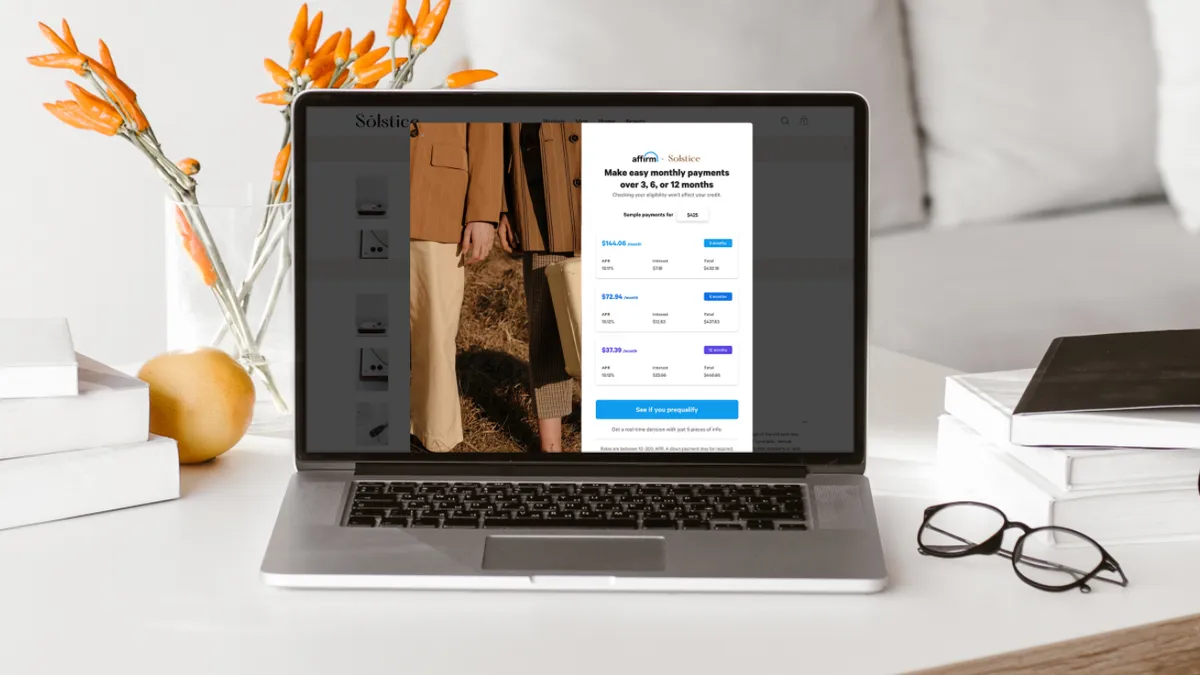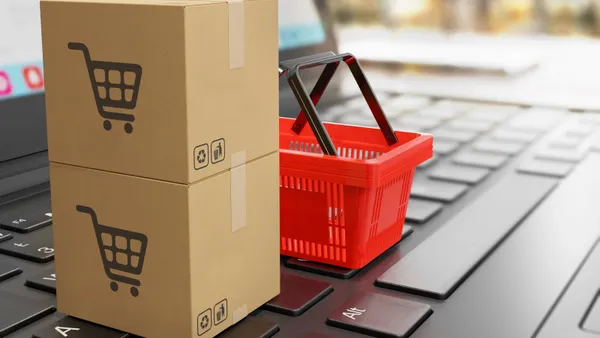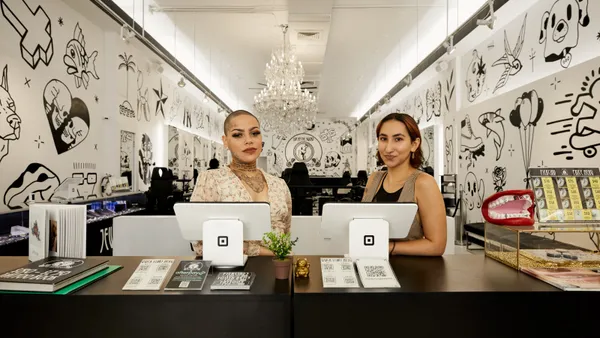Buy now, pay later provider Affirm is eyeing opportunities beyond U.S. retail to fuel growth, as the evolving BNPL market contends with intense competition and rising regulation.
The U.S. is the largest market for San Francisco-based Affirm, which also operates in Canada, said Affirm’s Chief Revenue Officer Wayne Pommen. Now Affirm has its sights set on the U.K., where the company sees an appetite for the longer-term, interest-bearing loans it does far more of than its BNPL rivals.
Beyond that market, Affirm may seek to plant a flag where its large partners such as Amazon and Shopify have a presence, said Pommen. He was president and CEO of Canadian BNPL firm PayBright, which Affirm acquired in 2020.
As Affirm has matured, the BNPL company has experienced growing pains, exiting the Australia market last year and cutting employees. Affirm, which seeks to be involved in more of consumers’ everyday spending with its debit card, is also targeting verticals beyond retail goods, including elective medical spending, said Pommen, who spoke with Payments Dive Feb. 13.
Editor’s note: This interview has been edited for clarity and brevity.
PAYMENTS DIVE: What’s Affirm’s outlook for expansion beyond North America?
WAYNE POMMEN: We are on our way to the U.K. We haven’t given a precise date, but it’s coming up pretty quickly, as the next market. We have a team on the ground there that’s building a pipeline, and we have our Financial Conduct Authority licensing as well, so we’re in pretty good shape there for a reasonably quick launch.
Beyond the U.K., we have not put a pin in or announced exactly which markets we would go to and when. But western Europe is of interest and one of the main reasons for that is, when you look at some of the biggest partners that we already have, they have really significant presence in some of these countries. Being able to work with some of those partners in western Europe is interesting.
Are you referring to the likes of Shopify or Amazon?
Yes, it’s those types of partners.
Of Affirm’s recent tie-ups — a Google Pay pilot, retail giant Walmart adding Affirm as an option at its self-checkout kiosks, or Affirm linking with Amazon Business — which presents the biggest growth opportunity?
It’s early to say which of those is going to be the most important, but they're all bang-on strategy.
I put our business into these buckets of growth. First, continuing to sign up new merchants — there's still lots of merchants that haven’t adopted BNPL. And also unlocking new segments of retail that we haven't gotten into.
Next, of the partners that we have, we tend to be able to grow our share with them for many quarters and years after we launch. The third thing we're focusing on from a growth perspective, is how do we accelerate the distribution through partnerships, and one-to-many partnerships, where through a partner, we're able to get to a lot of merchants quickly? So Shopify being an example of that.

Google Pay is a great example of a distribution partnership, where by partnering with them, we can get a lot of reach out to the merchant and consumer. Walmart’s self-checkout is a great example of the middle bucket, so growing share with an existing partner. We've been with Walmart for five or six years now, and so pushing more into other segments of their businesses is valuable.
Where do you see other growth opportunities for Affirm?
We have a team that is systematically working through adjacent markets and developing entry strategies for these, which are at varying degrees of development. One, for example, where we’re seeing some good progress is elective medical, so higher-ticket medical services and products where it may not be covered or people are paying out of pocket. When we look at where the U.S. consumer spends money, we've only been addressing a relatively small portion of it so far.
How do you compete with the more niche BNPL players you might find in those verticals?
For the most part, we are really going up against traditional payment methods like credit cards. In some cases, when we do run up against niche incumbents, we’re arriving with a far larger user base, brand recognition, scale, product capabilities that position us well to make an impact. When we go into other verticals and there are incumbents, they might have deferred interest and late fees. When we go into new verticals, we find that our proposition resonates really well with merchants and consumers.











